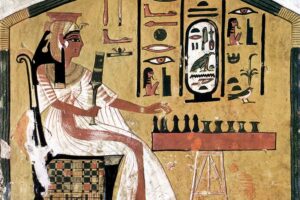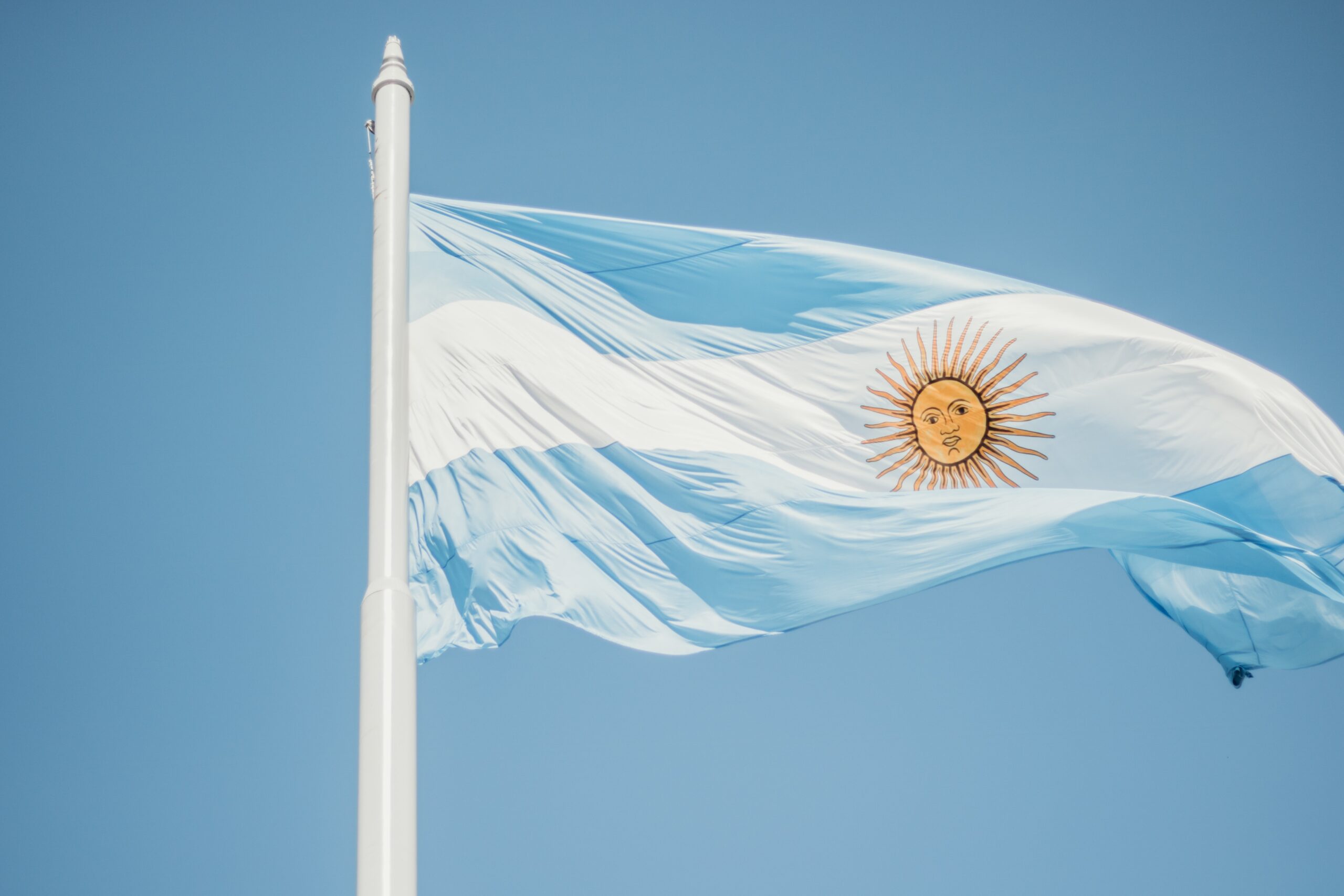The painting Salvator Mundi is the most expensive – and perhaps also the most controversial – work of art in history.
The work was sold in November 2017 at the auction house Christie’s in New York for 450 million dollars, which corresponds to over sixty billion Icelandic ISK.
It was not known who bought the painting, but just a few months after the purchase, American media claimed that the new owner of the painting was the Saudi Arabian Crown Prince, Mohammed bin Salman.
A painting worth billions
Leonardo da Vinci’s painting, Salvator Mundi, was sold for over 60 billion Icelandic krónur in 2017 – making the painting the most expensive work of art in history. The most expensive works after that were painted by some of the most famous artists in history.
According to political analysts, the purchase could be an attempt to position Saudi Arabia as a country of art and foster the country’s political interests.
To underline this, it was decided to display Salvator Mundi in the new art museum of the neighboring United Arab Emirates – a country with which the Saudi crown prince wanted to have close relations.
However, this exhibition of the painting never materialized and the current location of the Salvator Mundi is unknown.
The origin of Salvator Mundi is disputed
The Salvator Mundi is believed to have been painted by Leonardo da Vinci himself in the early 16th century, and the work was thought to have been destroyed until it was rediscovered in 2005.
The painting was originally believed to be a copy of Leonardo’s original Salvator Mundi painting. The experts believed that the painting found was painted by one of the master’s apprentices.
But when the work was being fixed in 2006, several methods were revealed that are characteristic of Leonardo. The painting was subsequently attributed to him.
However, many art historians question the painting’s provenance, and Salvator Mundi remains highly controversial in the international art world.
According to American art historian Robert B. Simon, the original Salvator Mundi was painted over 30 times by Leonardo’s students and followers.











